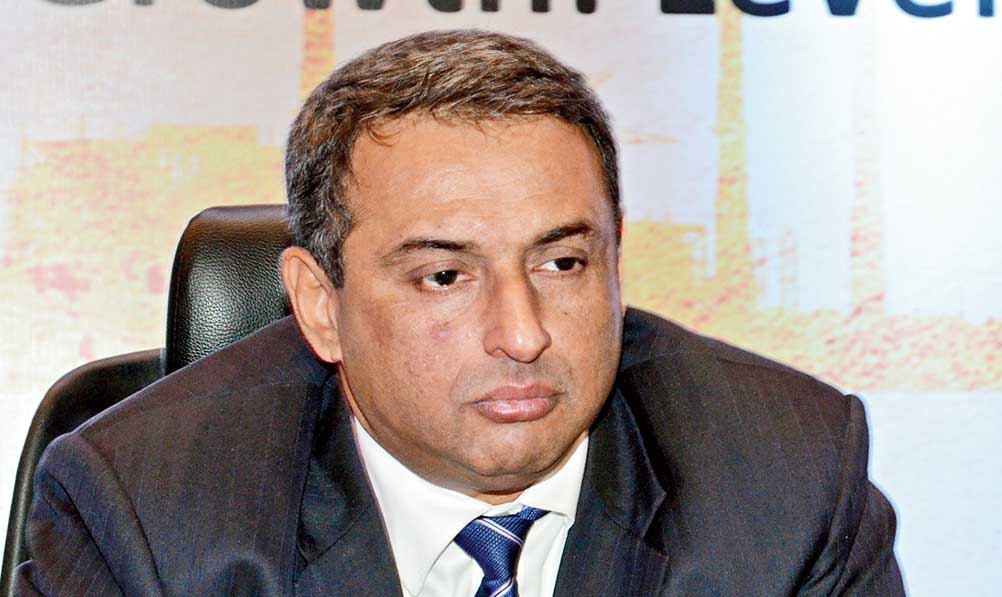The recovery in Indian steel prices has hit a speed bump in March following the outbreak of the coronavirus even as the industry is hopeful of getting back to the previous peak levels by September.
After being down in the dumps during the last festive season, when the demand and price of the alloy had hit a bottom, there has been a steady upswing in the market, allowing steel majors to raise prices every month since then.
But not in March. Even though the outbreak has not impacted India as much as it did China or southern Europe, the mood turned cautious, prompting customers to push back against further hikes.
T. V. Narendran, MD & CEO of Tata Steel, the largest steel maker out of India, said the demand from customers remained buoyant, except from auto and residential real estate, adding that the next few weeks would be crucial to assess the economic impact of the virus.
“Demand is reasonable. There is no inventory build-up in Indian steel firms and the industry has cut exports. If you look at long products, for instance, there is hardly any inventory in the system. In the next few weeks, we will know how bad this virus is. I think it will move back to peak levels in September, if it (virus outbreak) settles down at this level,” Narendran said.
Buoyancy in demand allowed steel makers to raise prices every month starting November 2019. Benchmark hot-rolled coil prices in India stand at Rs 37,000 a tonne, up from Rs 32,250 a tonne in November.
“If the virus scare was not there, we would have kept raising prices every month. In March also, we increased prices, but customers are pushing back. Let’s see,” Narendran said. The previous peak in steel prices were seen in the middle of 2019 when they hit Rs 46,000-a-tonne mark.
In Europe, where Tata Steel has a sizeable business, steel had a fairly stable quarter with margins hovering at $210-220 a tonne. The only concern for global markets now is inventory build-up in China, which may be exported. Southeast Asian markets, where excess Chinese steel usually finds it way, has reacted negatively to this scenario where prices have come off, Narendran said. However, China appears to have contained the impact of the virus and is limping back to normalcy.
Sectoral map
Speaking on the sidelines of CII’s annual general meeting for the eastern region, Narendran said the health of the economy was better in this quarter than the third quarter. “If you leave out the virus, I think we are seeing green shoots. Things were picking up in multiple areas. Post monsoon, agri-related sectors have been positive. Commercial property and industrial buildings appear strong as also construction as the government is spending on infrastructure,” he said.
However, residential real estate continues to be very shaky, Narendran noted, adding that the only sector which is still not showing any sign of recovery is auto.
“When I talk to the auto guys, they think it will be more in the second half of the next financial year, which means September onwards. Post BS-VI, they are waiting to see what the response will be from the market,” he pointed out.
Emergency management
Tata Steel reached out to alternative sources, such as Brazil and Turkey, for some of the raw materials it imported from China following an early risk assessment study done after the Covid-19 outbreak. It imports refractory, refractory compounds, steel mill rolls, electrodes, manganese from there.











